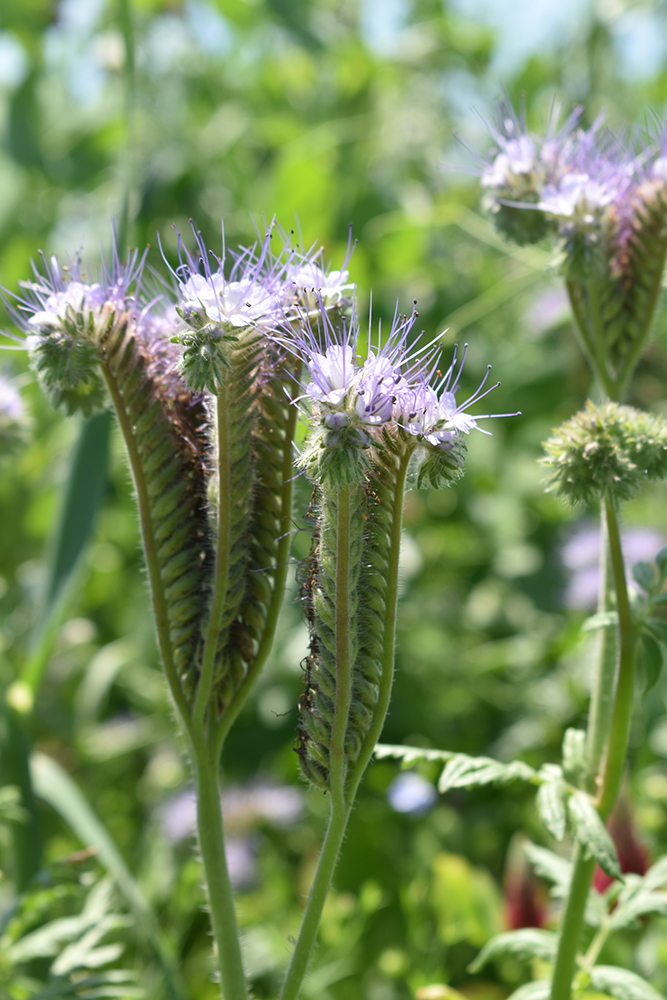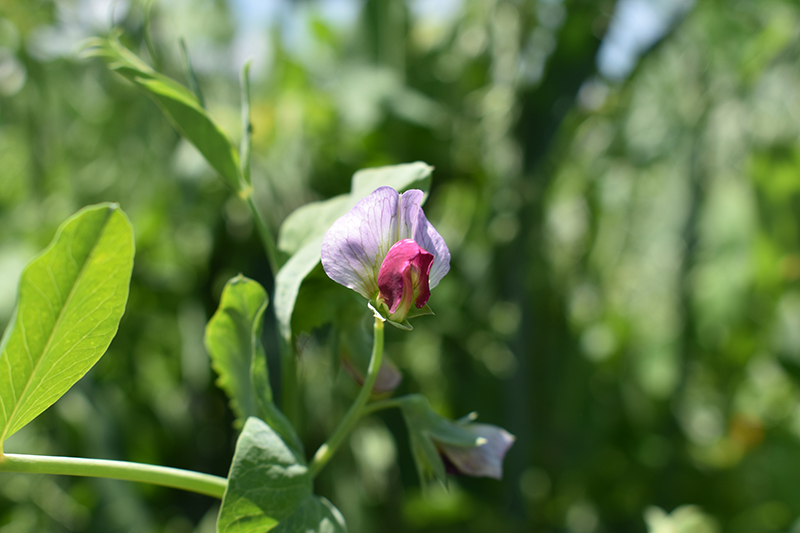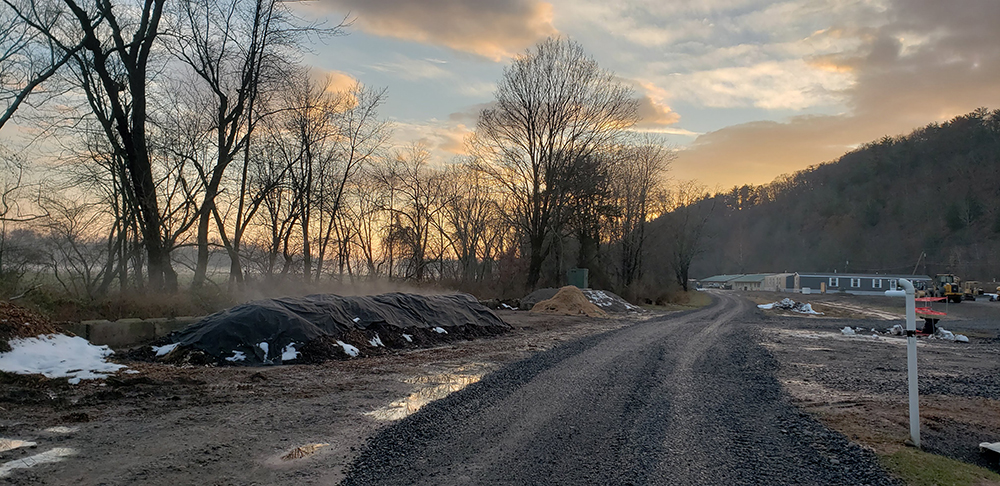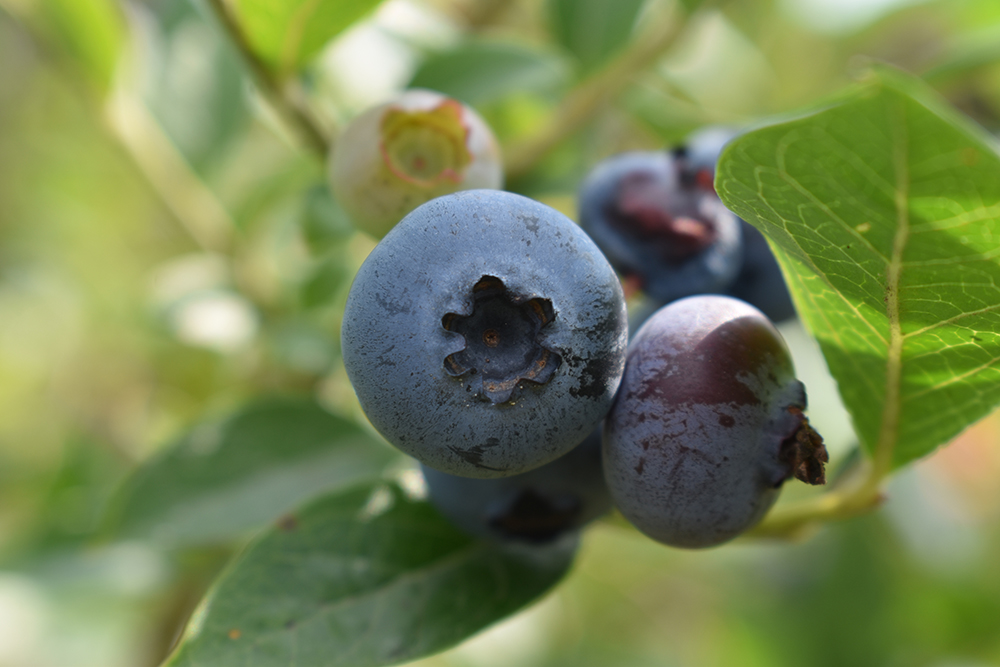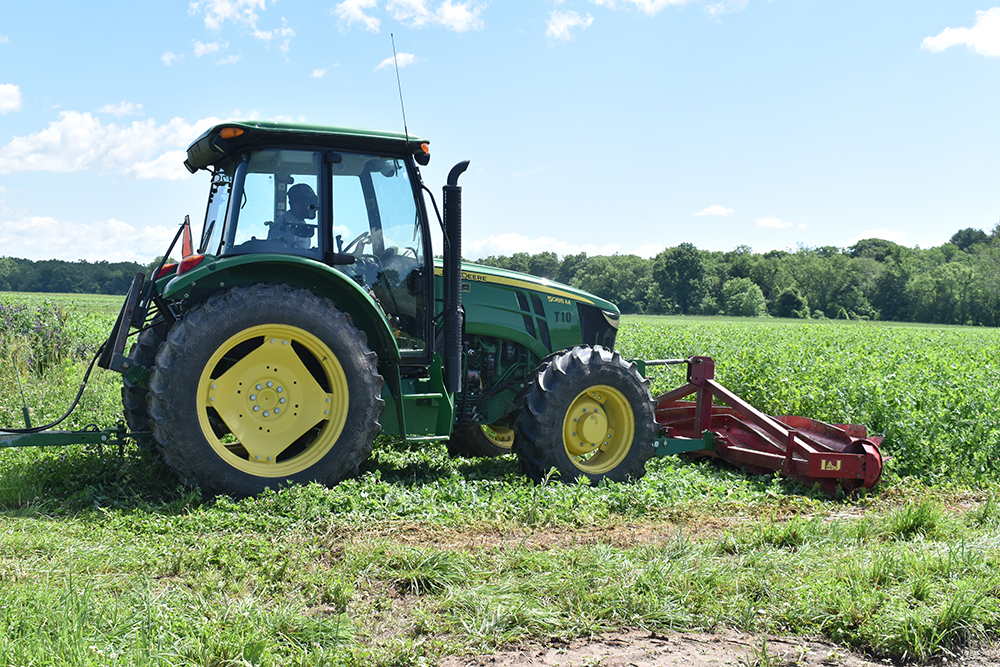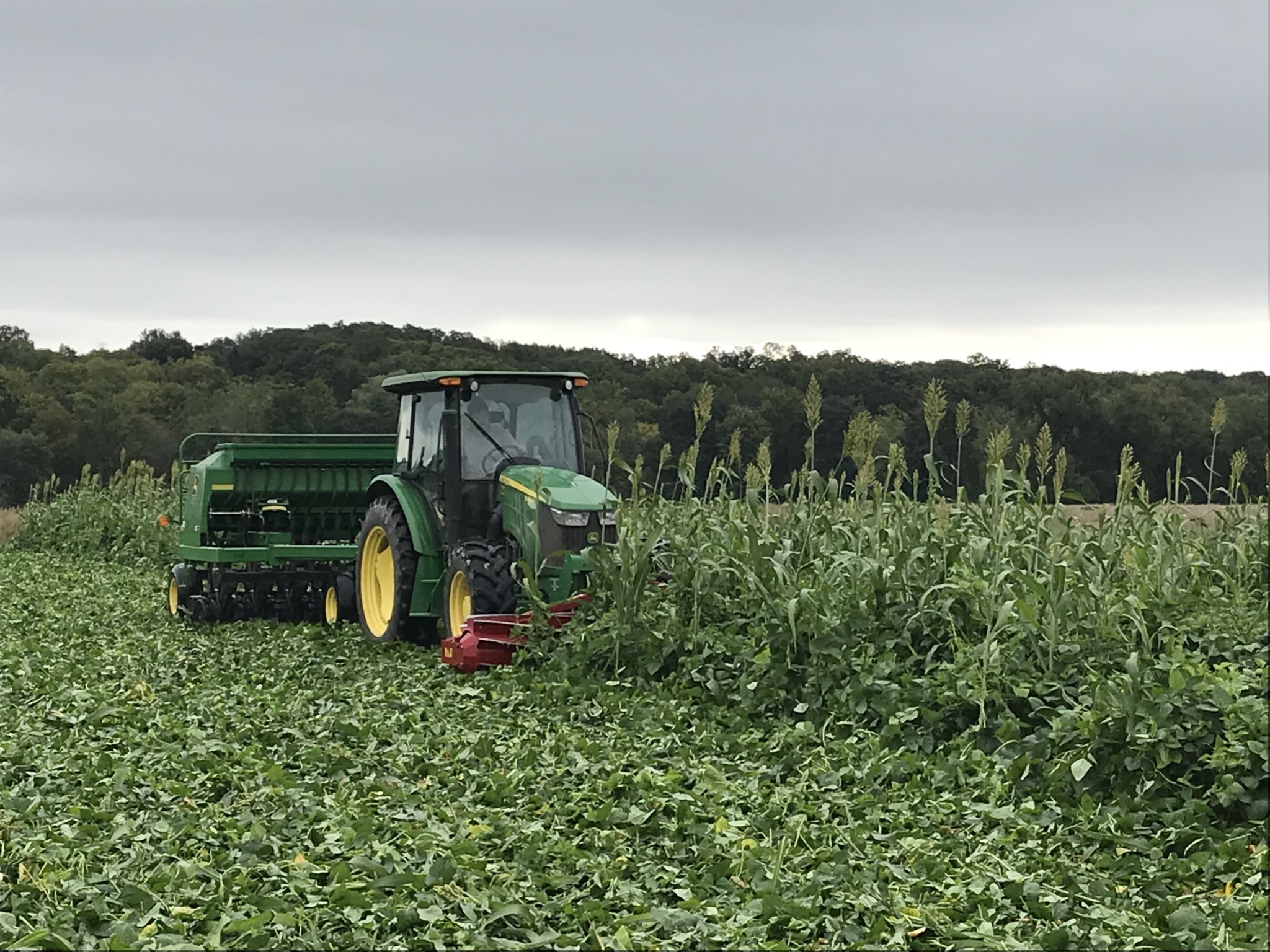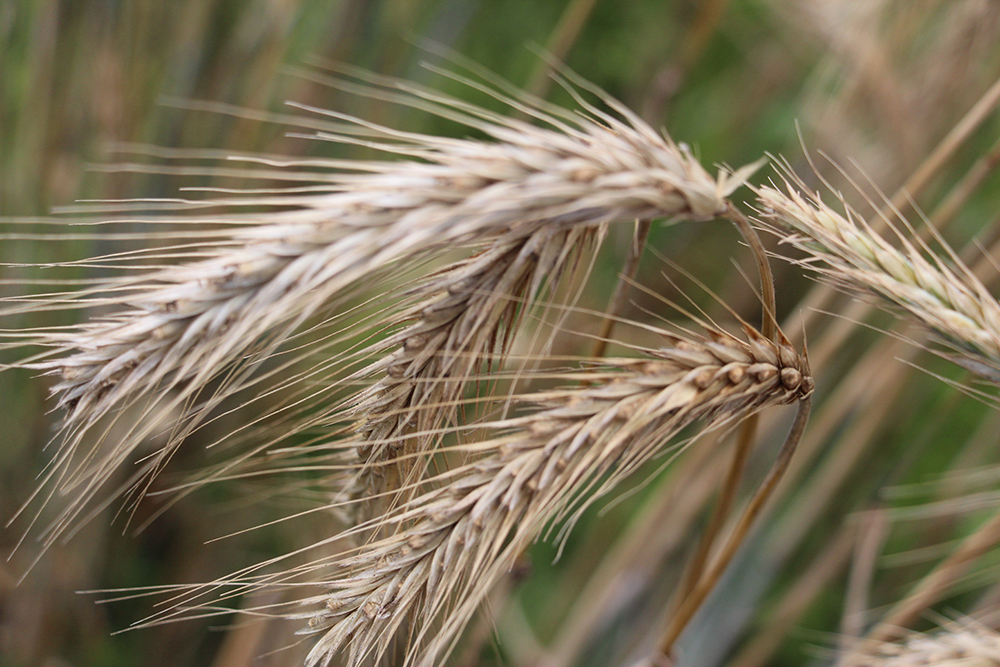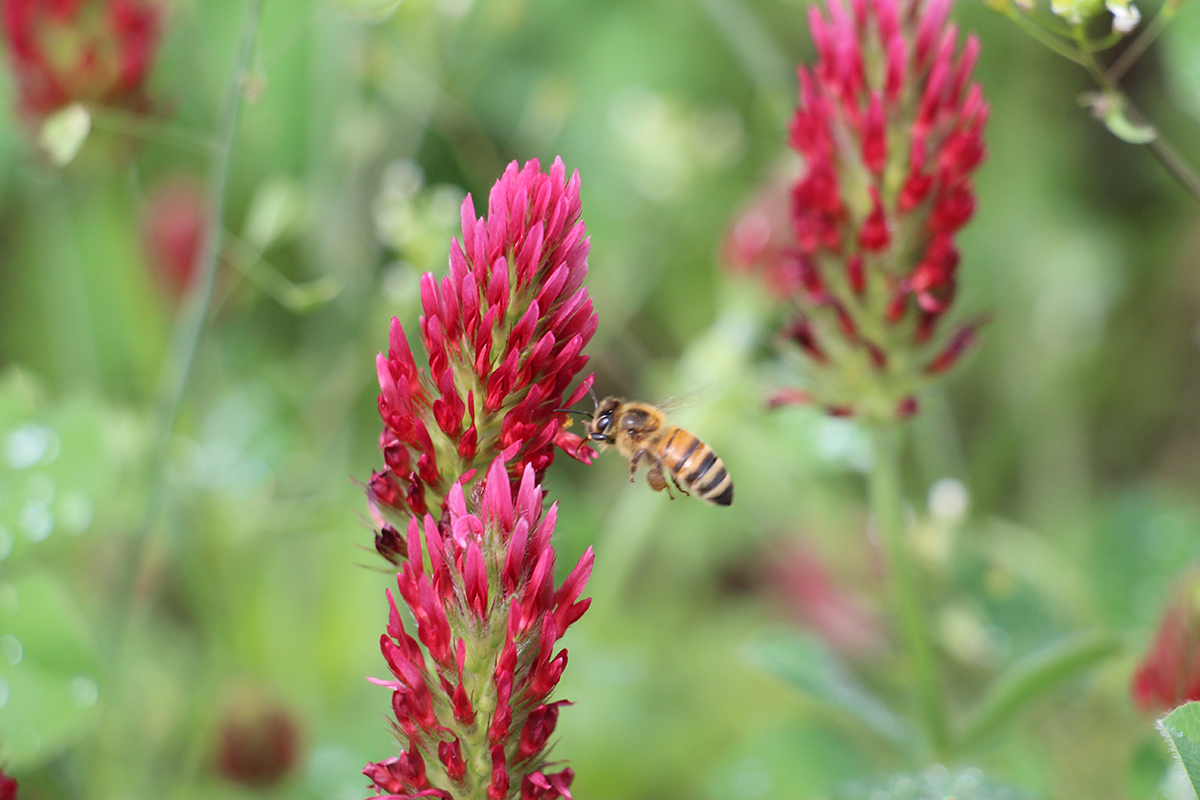Cover crops are planted for the purpose of suppressing weeds, improving soil health, reducing the need for fertilizer inputs, and breaking up compaction. They also protect the soil from wind and water erosion. Red clover, buckwheat, timothy, alfalfa, rye, oats, and many others are all part of the farm’s carefully planned rotation.
Summer Cover Crop
Compost
Organic Blueberries
Rolling and Crimping
Rolling and crimping is a method of no-till production by which cash crops are planted into a flattened and killed cover crop. The flattened cover crop protects the soil, suppresses weeds, and eliminates the need for tillage in a cropping cycle. Over time, soil structure is improved, biology is stimulated, and the land is able to shield itself from extreme weather events such as floods or droughts.
No-till Pinto Beans
This field of pinto beans will be planted into rolled and crimped rye.
Small Grains Trials
The small grains trials launched in 2013 as a partnership with Cornell University and Cornell Cooperative Extension of Ulster County to gather data on a variety of grains, and share findings with area farmers interested in adding grains into their rotations and moving into the local grains market. Now into its seventh growing season, we have planted and examined over 100 varieties of spring and winter wheat, barley, rye and oats. To learn more about the small grains trials click here.
Taking tillage out of organic field crop production
In an effort to improve soil health and add resilience to growing systems, in collaboration with Cornell University, this 3-year trial is looking at producing field crops in no-till roll and crimp systems. Several different cover crop and cash crop combinations are trialed. In addition to yield, several other factors are measured including weed suppression, pest pressure, soil moisture, and crop growth. The trial will be completed in 2022.
Wheat Trials
Vegetable Rotation
Our vegetable production is part of a carefully choreographed three-year rotation that moves small grains, cover crops, and vegetables across 100 acres of the Farm’s most productive land. Each year, 30 acres of this land will host a small grain, 30 acres will host a cover crop, and 30 acres will produce mixed vegetables. Each year following, the crops will rotate to a new 30 acre field, and on the fourth year, the cycle will begin anew. In this way, pest and weed pressure is reduced and the soil is improved for each subsequent crop in the rotation.

